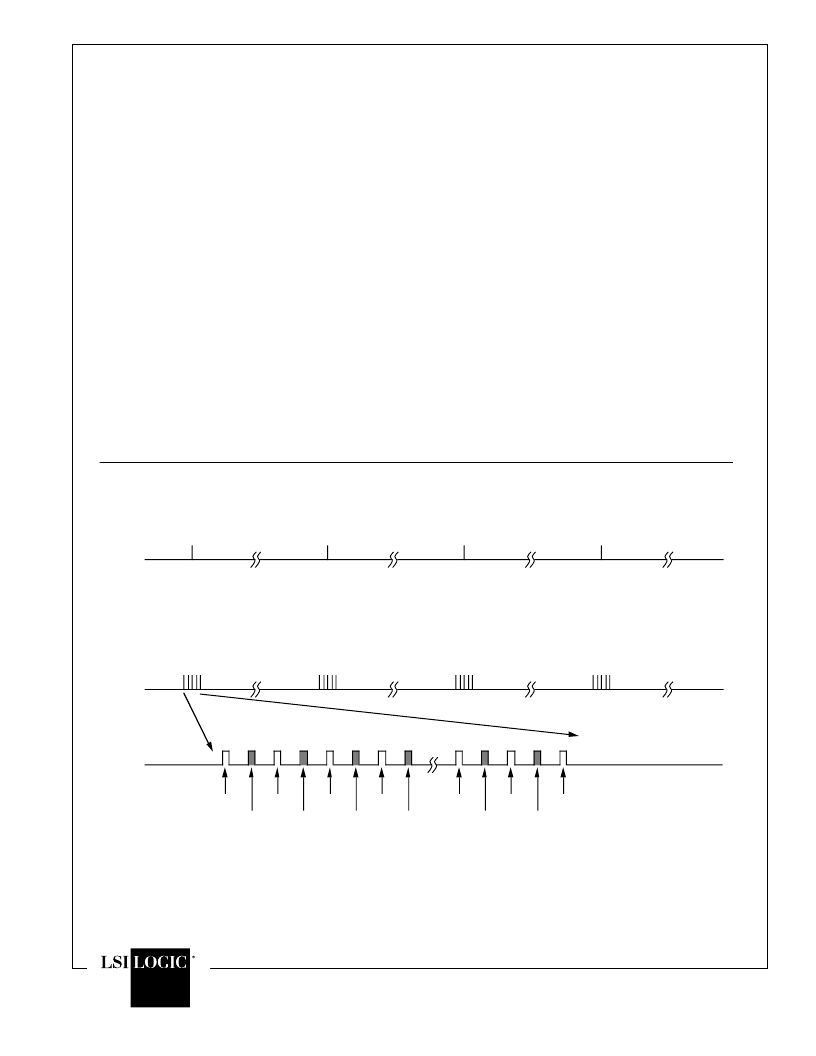- 您現(xiàn)在的位置:買賣IC網(wǎng) > PDF目錄369830 > LQ80221 LAN Transceiver PDF資料下載
參數(shù)資料
| 型號(hào): | LQ80221 |
| 英文描述: | LAN Transceiver |
| 中文描述: | 網(wǎng)絡(luò)收發(fā)器 |
| 文件頁(yè)數(shù): | 23/91頁(yè) |
| 文件大小: | 907K |
| 代理商: | LQ80221 |
第1頁(yè)第2頁(yè)第3頁(yè)第4頁(yè)第5頁(yè)第6頁(yè)第7頁(yè)第8頁(yè)第9頁(yè)第10頁(yè)第11頁(yè)第12頁(yè)第13頁(yè)第14頁(yè)第15頁(yè)第16頁(yè)第17頁(yè)第18頁(yè)第19頁(yè)第20頁(yè)第21頁(yè)第22頁(yè)當(dāng)前第23頁(yè)第24頁(yè)第25頁(yè)第26頁(yè)第27頁(yè)第28頁(yè)第29頁(yè)第30頁(yè)第31頁(yè)第32頁(yè)第33頁(yè)第34頁(yè)第35頁(yè)第36頁(yè)第37頁(yè)第38頁(yè)第39頁(yè)第40頁(yè)第41頁(yè)第42頁(yè)第43頁(yè)第44頁(yè)第45頁(yè)第46頁(yè)第47頁(yè)第48頁(yè)第49頁(yè)第50頁(yè)第51頁(yè)第52頁(yè)第53頁(yè)第54頁(yè)第55頁(yè)第56頁(yè)第57頁(yè)第58頁(yè)第59頁(yè)第60頁(yè)第61頁(yè)第62頁(yè)第63頁(yè)第64頁(yè)第65頁(yè)第66頁(yè)第67頁(yè)第68頁(yè)第69頁(yè)第70頁(yè)第71頁(yè)第72頁(yè)第73頁(yè)第74頁(yè)第75頁(yè)第76頁(yè)第77頁(yè)第78頁(yè)第79頁(yè)第80頁(yè)第81頁(yè)第82頁(yè)第83頁(yè)第84頁(yè)第85頁(yè)第86頁(yè)第87頁(yè)第88頁(yè)第89頁(yè)第90頁(yè)第91頁(yè)

80220/80221
4-23
MD400159/E
The AutoNegotiation algorithm is initiated by any of the
following events: (1) Powerup, (2) device reset, (3) Au-
toNegotiation reset, (4) AutoNegotiation enabled, or (5) a
device enters the Link Fail State. Once a negotiation has
been initiated, the 80220/80221 first determines if the
remote device has AutoNegotiation capability. If the
remote device is not AutoNegotiation capable and is just
transmitting either a 10Base-T or 100Base-TX signal, the
80220/80221 will sense that and place itself in the correct
mode. If the 80220/80221 detects FLP's from the remote
device, then the remote device is determined to have
AutoNegotiation capability and the device then uses the
contents of the MI serial port AutoNegotiation Advertise-
ment register and FLP's to advertise its capabilities to a
remote device. The remote device does he same, and he
capabilities read back from the remote device are stored n
the MI serial port AutoNegotiation Remote End Capability
register. The 80220/80221 negotiation algorithm then
matches t's capabilities to the remote device's capabilities
and determines what mode the device should be config-
ured to according to the priority resolution algorithm de-
fined in IEEE 802.3 Clause 28. Once the negotiation
process is completed, the 80220/80221 then configures
itself for either 10 or 100 Mbps mode and either Full or Half
Duplex modes (depending on the outcome of the negotia-
tion process), and it switches to either the 100Base-TX or
10Base-T link integrity algorithms (depending on which
mode was enabled by AutoNegotiation). Refer to IEEE
802.3 Clause 28 for more details.
3.13.5 AutoNegotiation Outcome Indication
The outcome or result of the AutoNegotiation process is
stored in the speed detect and duplex detect bits in the MI
serial port Status Output register.
3.13.6 AutoNegotiation Status
The status of the AutoNegotiation process can be moni-
tored by reading the AutoNegotiation status bits in the MI
serial port Status register. The MI serial port Status
register contains a single AutoNegotiation acknowledge-
ment bit which indicates when an AutoNegotiation has
been initiated and successfully completed.
TX_DI
±
TX_DI
±
a.) Normal Link Pulse (NLP)
b.) Fast Link Pulse (FLP)
D0
D15
D14
D3
D2
D1
Clock
Clock
Clock
Clock
Clock
Clock
Clock
Data
Data
Data
Data
Data
Data
Figure 8. NLP vs. FLP Link Pulse
相關(guān)PDF資料 |
PDF描述 |
|---|---|
| LQT100X | Peripheral IC |
| LQT1KX | Peripheral IC |
| LQT50X3 | Peripheral IC |
| LQT60X3 | Peripheral IC |
| LQV3M2768-3CGR | Peripheral IC |
相關(guān)代理商/技術(shù)參數(shù) |
參數(shù)描述 |
|---|---|
| LQ821 | 制造商:POLYFET 制造商全稱:Polyfet RF Devices 功能描述:SILICON GATE ENHANCEMENT MODE RF POWER LDMOS TRANSISTOR |
| LQ9D161 | 制造商:SHARP 制造商全稱:Sharp Electrionic Components 功能描述:DEVICE SPECIFICATION FOR TFT-LCD module |
| LQ9D340 | 制造商:SHARP 制造商全稱:Sharp Electrionic Components 功能描述:Color TFT-LCD Module for Measuring instruments/Banking terminals |
| LQA03TC600 | 功能描述:整流器 Q-Series 600V 3A Ultra Low Qrr RoHS:否 制造商:Vishay Semiconductors 產(chǎn)品:Standard Recovery Rectifiers 配置: 反向電壓:100 V 正向電壓下降: 恢復(fù)時(shí)間:1.2 us 正向連續(xù)電流:2 A 最大浪涌電流:35 A 反向電流 IR:5 uA 安裝風(fēng)格:SMD/SMT 封裝 / 箱體:DO-221AC 封裝:Reel |
| LQA05TC600 | 功能描述:整流器 Q-Series 600V 5A Ultra Low Qrr RoHS:否 制造商:Vishay Semiconductors 產(chǎn)品:Standard Recovery Rectifiers 配置: 反向電壓:100 V 正向電壓下降: 恢復(fù)時(shí)間:1.2 us 正向連續(xù)電流:2 A 最大浪涌電流:35 A 反向電流 IR:5 uA 安裝風(fēng)格:SMD/SMT 封裝 / 箱體:DO-221AC 封裝:Reel |
發(fā)布緊急采購(gòu),3分鐘左右您將得到回復(fù)。